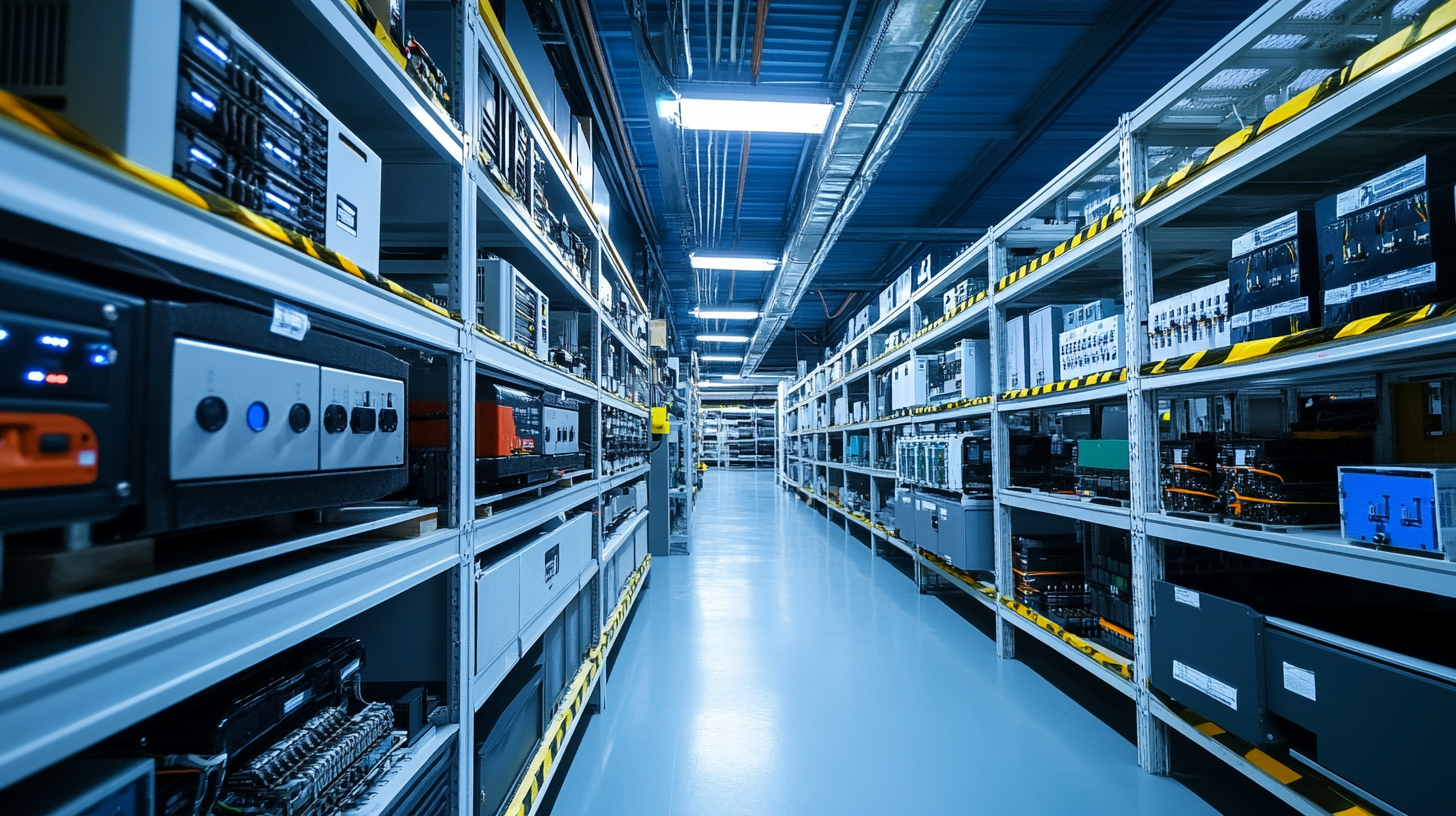As LED lighting technology advances, high-efficiency power supply solutions are becoming increasingly important. A well-designed LED power supply ensures energy savings, stable performance, and long lifespan. Whether for residential, commercial, or industrial applications, choosing the right power supply significantly impacts overall lighting quality and operational efficiency.
1. Why High-Efficiency LED Power Supplies Matter
✅ Energy Savings – Reduces electricity consumption and lowers operating costs.
✅ Longer LED Lifespan – Protects LEDs from voltage fluctuations and overheating.
✅ Better Light Quality – Provides consistent brightness and color stability.
✅ Environmental Benefits – Supports sustainability by minimizing energy waste.
2. Key Features of High-Efficiency LED Power Supplies
✔ High Power Factor (PF)
A power supply with a power factor of 0.9 or higher reduces energy loss and improves system efficiency.
✔ Low Total Harmonic Distortion (THD)
A lower THD ensures cleaner power delivery, reducing electrical noise and improving system stability.
✔ Wide Input Voltage Range
Supports 110V–277V or even 90V–305V, making it suitable for various regions and power conditions.
✔ Dimming Capabilities
Compatible with 0-10V, PWM, or DALI dimming systems, allowing flexibility in brightness control.
✔ Overload & Short-Circuit Protection
Protects the power supply and LED fixtures from electrical damage.
✔ IP65/IP67 Rating for Outdoor Use
Ensures resistance to dust and water, making it ideal for streetlights and outdoor signage.
3. Types of High-Efficiency LED Power Supplies
🔹 Constant Current (CC) LED Drivers – Provide a fixed current, ensuring stable LED performance and longevity.
🔹 Constant Voltage (CV) LED Drivers – Deliver a fixed voltage (e.g., 12V, 24V, 48V) for applications like LED strips.
🔹 Programmable LED Drivers – Allow users to customize output voltage and current, optimizing performance for different applications.
4. How to Choose the Right LED Power Supply
✔ Match Voltage and Current Requirements
Ensure the power supply’s output voltage and current match the LED specifications.
✔ Check Efficiency Ratings
Look for efficiency levels above 90% to reduce energy waste and heat generation.
✔ Consider Environmental Conditions
For outdoor or industrial applications, choose IP-rated, surge-protected power supplies.
✔ Verify Compliance with Safety Standards
Ensure certifications like UL, CE, RoHS, and DLC for reliability and compliance.
Conclusion
Investing in a high-efficiency LED power supply enhances energy savings, extends LED lifespan, and ensures stable lighting performance. By selecting the right voltage, current, and protection features, businesses and homeowners can achieve optimal lighting efficiency with minimal energy waste.